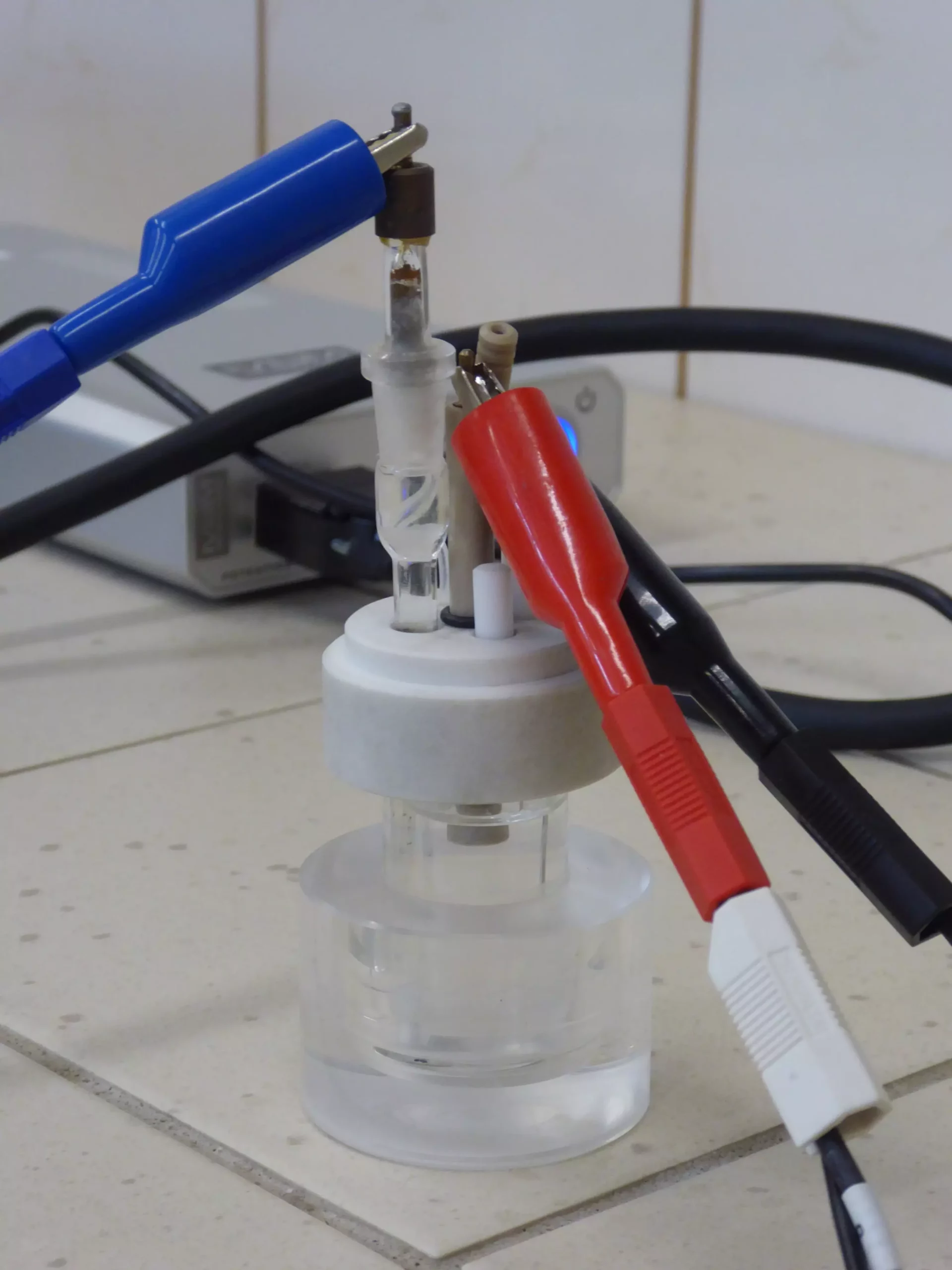The proliferation of lithium-ion batteries (LIBs) across various sectors, including transportation, consumer electronics, and renewable energy storage, has created a looming environmental challenge: battery waste. Over the past four years, global usage has nearly doubled, leading to increasing amounts of discarded batteries filled with hazardous materials. These substances not only contribute to pollution but also pose risks to human health and the environment. As the volume of this specific waste grows, the urgency to develop efficient recycling techniques becomes paramount.
In a recent study published in the journal ChemElectroChem, a coalition of scientists from prominent Polish research institutions has proposed an innovative recycling solution. Their research centers on extracting carbon material from the electrodes of spent LIBs through an acidic leaching process. This method not only recovers essential metals like cobalt, which is traditionally known for its catalytic properties, but it also repurposes the remaining carbon material. The central aim of this research is to utilize these reprocessed materials in catalytic processes, specifically for producing hydrogen peroxide, a chemical vital to multiple industries.
Dr. Eng. Magdalena Warczak, the project leader, emphasized the need for environmentally friendly hydrogen peroxide production methods. Conventional methods often rely on high pressure and temperature, require expensive catalysts, and involve toxic electrolytes. The research team’s work represents a shift towards greener alternatives through the electrochemical production of hydrogen peroxide using catalysts derived from recycled battery materials.
Unveiling Catalytic Properties
The electrochemical tests conducted indicated that the carbon nanostructures obtained from the spent LIB electrodes exhibit notable catalytic properties in the oxygen reduction reaction. However, the efficacy of these materials hinges significantly on the specific conditions under which they were processed, including the composition of the etching baths used in cleaning the extracted electrodes. This variability suggests that an understanding of the underlying chemistry can lead to significant performance gains in catalytic applications.
Crucially, the researchers distinguished between two pathways of the oxygen reduction process, characterized as the two-electron and four-electron mechanisms. While four-electron reduction results in water, the two-electron process yields the sought-after hydrogen peroxide. The findings demonstrate that all the samples tested successfully facilitated this two-electron reduction, showcasing their potential for practical applications.
Innovative Experimental Setup
To substantiate these results further, the research team devised an innovative experimental setup to negate the influence of the glassy carbon electrode commonly used in typical electrochemical tests. By suspending battery powders between two immiscible liquids, they could directly observe the spontaneous oxygen reduction at the liquid interface. Utilizing decamethylferrocene, a compound well-known for its ability to donate electrons, the study solidified the previous findings that the battery waste-derived materials can outperform conventional catalysts in producing hydrogen peroxide.
During testing, concentrations of hydrogen peroxide at the interface were found to be significantly higher—by one to two orders of magnitude—than those obtained in systems devoid of battery waste. This remarkable enhancement underscores the potential role of recycled battery materials in commercial hydrogen peroxide production, exponentially increasing resource efficiency.
Future Implications for Industry
Hydrogen peroxide is utilized in a variety of industries, from household cleaning products to industrial processes involving bleaching and oxidizing functions. It has even found a niche in rocket propulsion, with its historical use dating back to the 1940s. Recognizing its potential as an eco-friendly propellant, researchers are investigating advanced applications at higher concentrations while minimizing environmental impact.
Future research will focus on enabling these electrochemical reactions to achieve efficiency levels suitable for large-scale industrial use. The study also hints at the prospect of exploring four-electron reductions, which could open doors for applications in fuel cells, diversifying the utility of recycled battery materials even further.
The interdisciplinary effort comprises experts from Bydgoszcz University of Science and Technology, the Institute of Fundamental Technological Research of the Polish Academy of Sciences, and others. Their collaboration is reflective of an increasing trend in scientific inquiry where collective knowledge across various institutions can lead to meaningful solutions to pressing global issues.
This paradigm shift in how we perceive battery waste—from mere waste to valuable resource—highlights the importance of innovative research in tackling environmental challenges. The successful reintegration of used materials not only benefits the environment by reducing waste but also promotes sustainability in industrial practices. As we continue to confront the implications of rapid technological advancement, such scientific breakthroughs will be essential in crafting a more sustainable future.



Leave a Reply